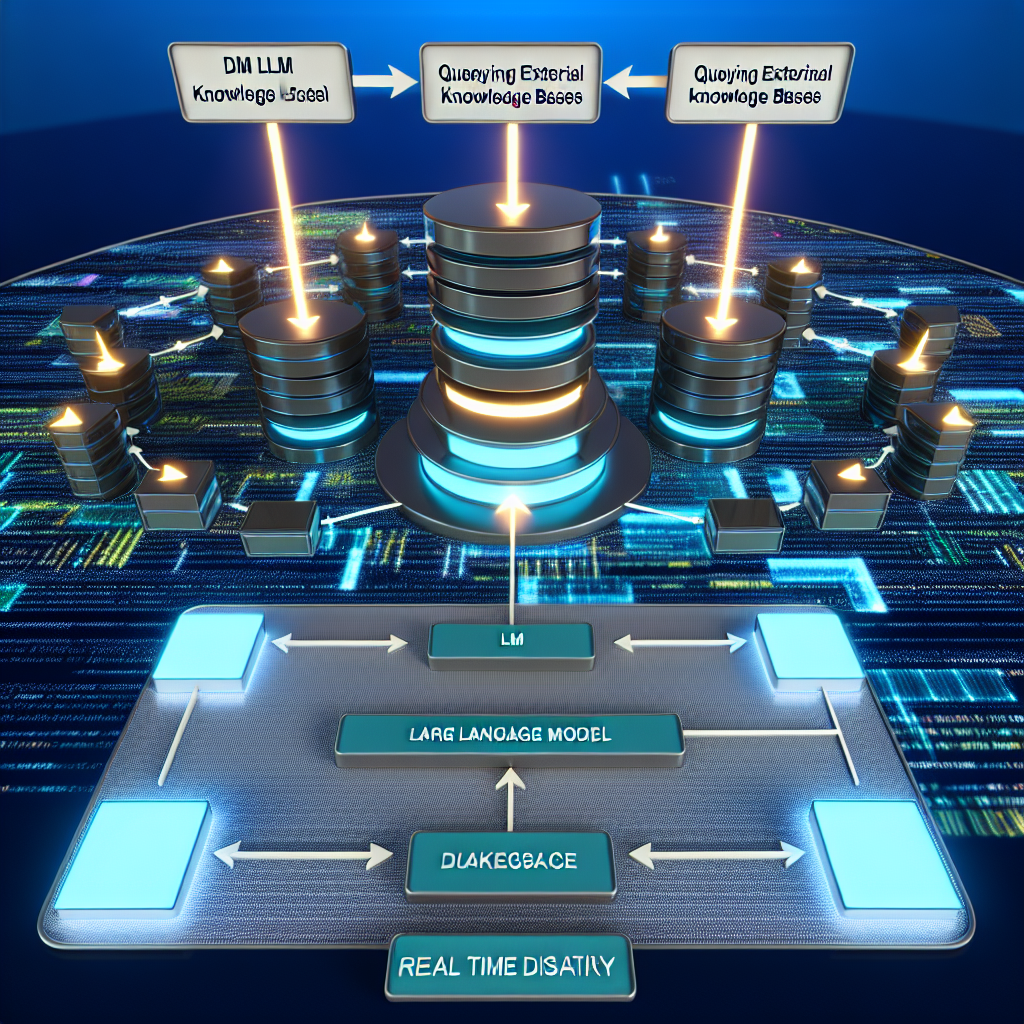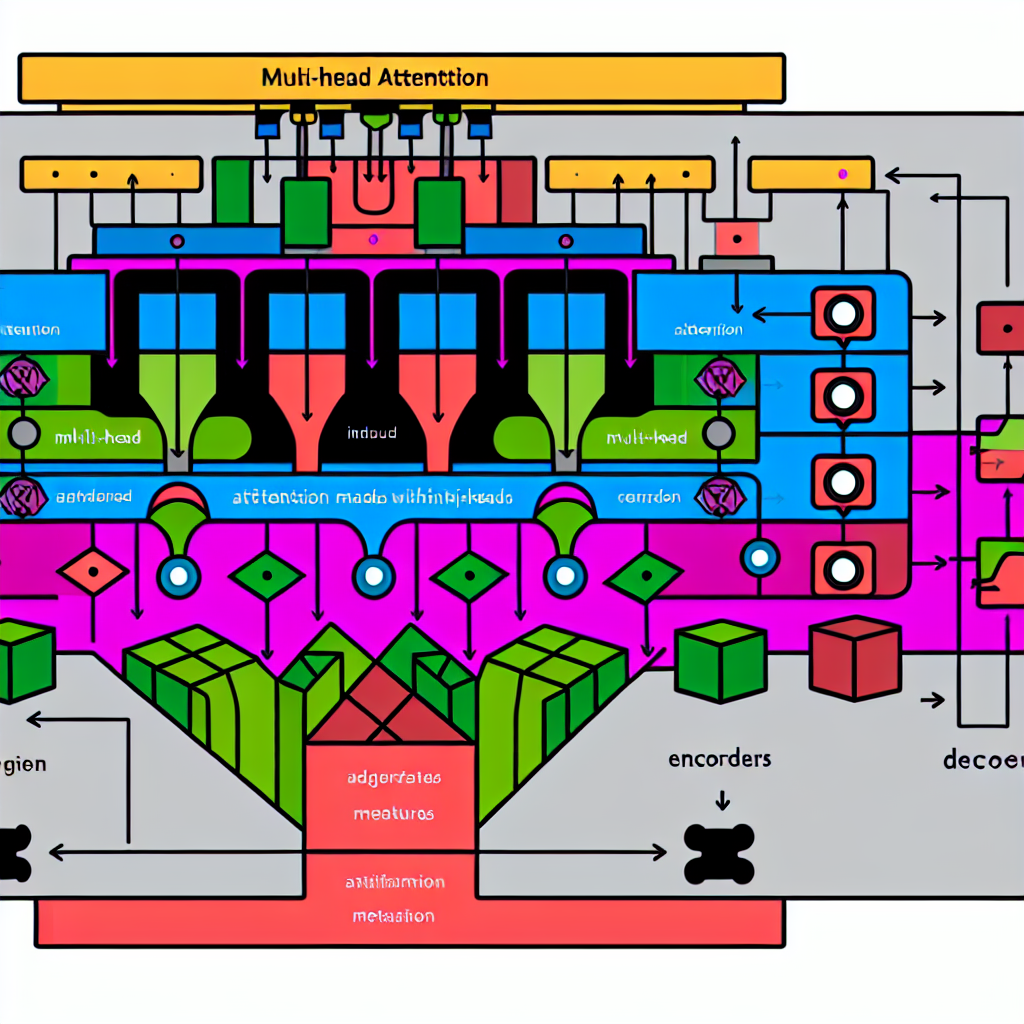Essential Insights into Retrieval-Augmented Generation (RAG) in 2025
In the ever-evolving world of artificial intelligence, Retrieval-Augmented Generation (RAG) is gaining significant attention for its potential to enhance AI accuracy. As AI models grapple with real-world complexities, RAG emerges as a powerful method that combines the strengths of retrieval mechanisms and generation models to improve outcomes, particularly in content-rich applications. This comprehensive guide delves into the intricacies of RAG, exploring its advanced applications, latest trends, and real-world examples. Whether you’re an AI professional, data scientist, or enthusiast, understanding the essence of RAG will arm you with the knowledge to leverage this technology effectively.
Table of Contents
Understanding Retrieval-Augmented Generation
Retrieval-Augmented Generation (RAG) is a sophisticated strategy that integrates retrieval-based tasks with generative models, aiming to refine the quality and relevance of AI-generated content. Unlike conventional AI models that rely solely on trained data, RAG enriches the model’s output by dynamically fetching external data from a vast corpus, creating more contextually relevant and accurate responses. This approach is particularly beneficial in scenarios where a single model’s knowledge base might be insufficient or outdated.
Key Components of RAG
Retrieval Mechanism
At its core, RAG uses retrieval systems to sift through extensive datasets, selecting pertinent information that the generative model can then use to enhance its outputs. This not only broadens the information available to the model but also allows for updates with the most current data, which is crucial in rapidly changing fields.
Generative Model
The generative component of RAG is responsible for synthesizing the final output using both pre-trained knowledge and newly retrieved information. This synergy enables the generation of responses that are not only factually correct but also contextually aligned with user queries.
Applications in AI
RAG stands at the forefront of several AI applications. In chatbots and virtual assistants, it significantly improves response relevance, providing users with precise and timely information. In content creation, RAG empowers tools to generate more coherent and comprehensive articles or reports by leveraging real-time data.
Moreover, RAG is acclaimed for its role in technology like search engines, where it efficiently processes complex queries to deliver accurate search results. This makes it an invaluable tool in fields like customer support, where timely and accurate information retrieval is paramount.
Real-World Examples
A prominent example of RAG in action is its use in advanced customer support systems. These systems harness RAG to scan massive datasets instantaneously, offering solutions that are both relevant and informed by the latest data trends. Similarly, enterprises leverage RAG in data analytics platforms, allowing analysts to retrieve and analyze fresh data, resulting in more informed decision-making.
Impact on AI Accuracy
The fusion of retrieval and generation capabilities in RAG significantly impacts AI accuracy. By grounding generated content in real-world data, RAG reduces hallucination—where AI models generate outputs not directly supported by source data. This accuracy is especially critical in fields like healthcare or finance, where precision is mandatory.
Future Trends in RAG
Looking ahead, RAG is poised to transform AI methodologies by fostering a more interactive and dynamic approach to data utilization. Future developments may include the integration of more complex retrieval algorithms capable of real-time processing of evolving datasets. Such advancements could further improve AI models’ adaptability and precision, especially in rapidly changing domains like climate science and global market analysis.
Furthermore, with increasing emphasis on AI transparency and ethics, RAG systems might evolve to include transparent retrieval mechanisms, ensuring that all data sources are well-documented and easily understood by users.
Conclusion
Retrieval-Augmented Generation is an essential tool in the AI arsenal, offering solutions to challenges surrounding data relevance and AI accuracy. As we move forward, embracing RAG technology will be crucial for professionals seeking to advance their AI systems and achieve superior results. Whether addressing customer queries or analyzing complex datasets, RAG offers a way to enhance AI capabilities effectively. To stay updated on the latest in AI and data science, subscribe to our updates or explore more AI insights.
FAQs
What is Retrieval-Augmented Generation?
Retrieval-Augmented Generation is a framework that combines retrieval processes with generative models to enhance the relevance and accuracy of AI outputs.
How does RAG improve AI accuracy?
RAG improves AI accuracy by incorporating real-world, up-to-date information into generated outputs, reducing errors and ensuring contextually relevant responses.
What are the typical applications of RAG?
RAG is widely used in chatbots, virtual assistants, content creation, search engines, and advanced data analytics platforms for real-time data processing and response generation.
What are the future trends of RAG?
Future trends include more complex retrieval algorithms, real-time data processing capabilities, and enhanced transparency and ethics in AI systems.



